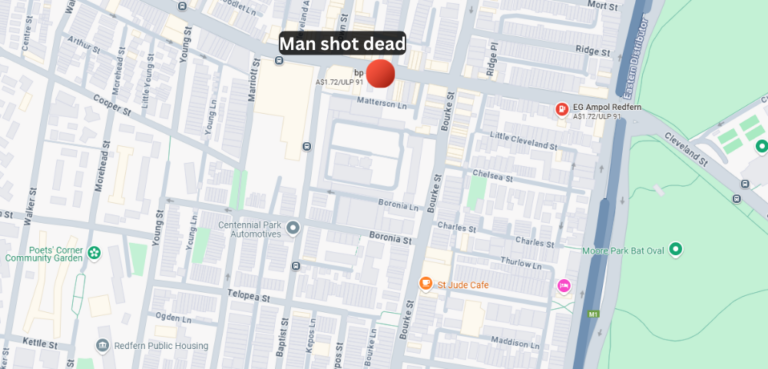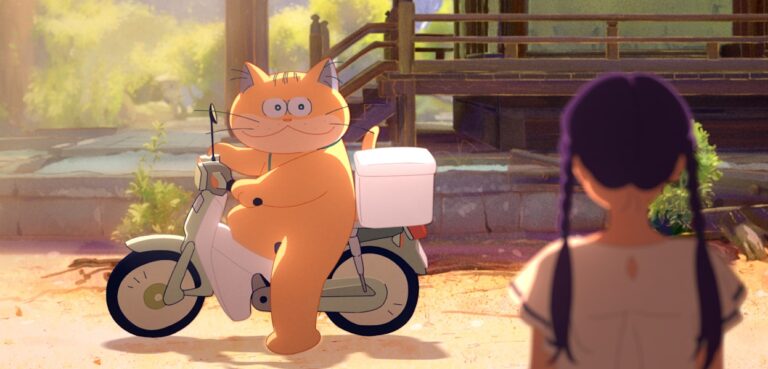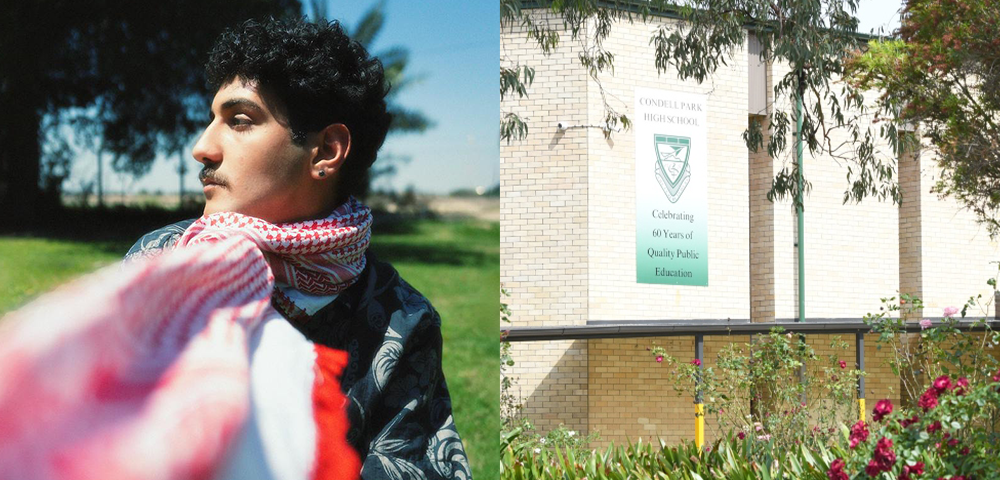
Botanic Gardens’ frequent flyers are back
By Mick Roberts
Some of Sydney’s most historic and treasured trees may be lost if a solution isn’t found to relocate thousands of unwanted residents from the Royal Botanic Gardens.
An estimated $120,000 will be spent in the coming months to rid the Gardens of a Grey-headed Flying-fox camp that have been slowly destroying the popular Palm Grove – a unique collection of rare and historical plants dating back to 1862 – for the past 10 years.
This isn’t the first time the fruit bats have threatened the Gardens’ historic trees. In 1992 flying foxes were discouraged from roosting by banging metal rubbish-bin lids at their daily arrival and departure. The troublesome bats left to join other Sydney camps, and for the next four years that process was repeated whenever a few hundred would re-settle in the Gardens.
In 1997, the numbers of flying foxes were reduced and experts believed the few animals remaining would cause minimal damage to the trees.
But last year the camp peaked at about 11,000, with the population still rapidly growing.
Botanic Gardens Trust Executive Director, Dr Tim Entwisle said a dozen trees have been lost, with another 45 on the critical list.
He said two huge Kauri pines removed late last year were collected from New Caledonia in 1850. Although dying primarily due to tip damage and defoliation by the flying foxes, the wood showed the trees were otherwise structurally sound. An Australian Red Cedar and Water Gum planted in the 1820s are also under threat as the animals find other parts of the Gardens to roost.
Mr Entwisle said the earliest references to Flying-foxes setting up camp in the Gardens were on four occasions between 1858 and 1920.
‘In those days, flying foxes were culled, something we would never contemplate today,’ he said.
Because the Flying-foxes are a protected species, the Gardens have applied to the NSW Department of Environment and Climate Change for a licence to disturb and relocate the Flying-foxes.
Mr Entwisle said the methods intended for their relocation will cause them no harm and will be supervised by animal welfare groups.
‘The Grey-headed Flying-fox is vulnerable species, and an important one for pollinating native plants, but this is an exceptional circumstance,’ he said.
‘We’ve done all we can to discourage them ‘ plastic bags attached to the tips of vulnerable trees, toilet crystals, strobe lights, python poo and shrimp paste. None of these were successful long-term.’
Amplified noise from relocatable speakers will be used to frighten the animals from the trees in autumn next year – the safest time in terms of flying fox health and breeding cycle.
In the meantime the Gardens will put in place temporary measures to protect the more significant plants ‘ such as plastic bags ‘ while the government considers the license for relocation in 2009.
Botanic Gardens Trust ranger Alfio Sorbello said over the 10 years he has patrolled the Gardens he has never seen the infestation of the animals so bad.
‘We love our bats, but the only problem is, they are killing our trees,’ Mr Sorbello said.
‘We’re a botanic garden first, so we love our trees more.’
Mr Sorbello said most staff members were given shots each year to protect against any threat of developing Lyssavirus or other diseases from the Flying-foxes. Lyssavirus is closely related to the rabies virus and is carried in fruit bat populations. The virus is transmitted to humans by bites or scratches from infected bats.
Meanwhile Mr Entwisle said experiences at the Royal Botanic Gardens in Melbourne, where a camp of fruit bats was relocated successfully five years ago, will help in the Sydney project.
‘After a few false starts, the Melbourne relocation cost about $250,000. Our advice is that it will cost us about half that ‘ a small price for even one of our heritage trees,’ he said.
‘We will have to be on the alert for animals returning to the Gardens indefinitely.’









